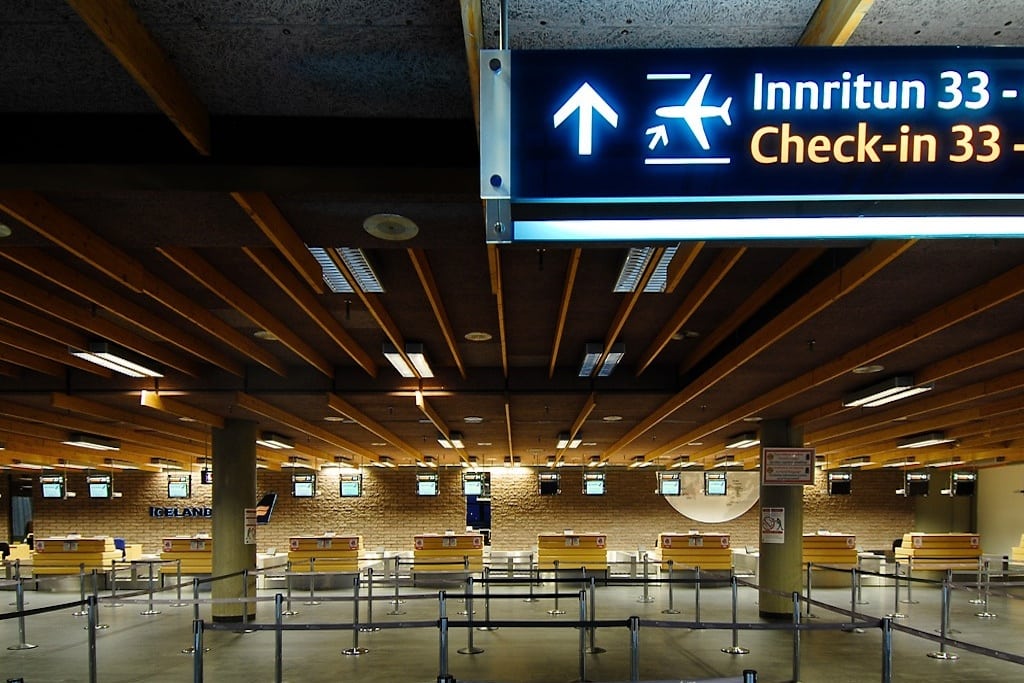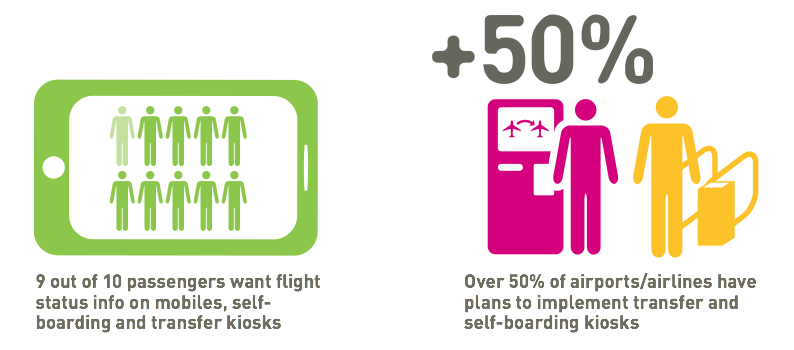Three ways mobile will change the way we travel by 2015

Skift Take
Travelers want instantaneous information at their fingertips when they fly, and technology is quickly catching up to their expectations.
Air travel technology specialist SITA has came out with a report Flying into the Future that looks at how the industry will change in just three years, by 2015.
1. Mobile bookings and purchases will become more prevalent.
Today just 2 percent of airline sales are bought on a mobile device. Although SITA predicts a humble 5 percent increase by 2015, other sources believe mobile could count for as much as 50 percent of online bookings by 2017.
Social media is also expected to be a major sales channel for about 13 percent of airlines and airports, an idea that seems even more realistic after American Express launched its buy-by-tweet program. The day may not be far off when airlines' Twitter feeds become a source for spontaneous bookings with travelers tweeting a hashtag to take advantage of special fares.
2. Self-service airports will become the norm.
Fifty percent of airlines currently provide mobile check-ins and 90 percent are working on a check-in app to be ready by 2015. Apple's Passbook and near-field communication are making it possible for fliers' boarding passes to pop up when they approach the gate, leading to a more seamless check-in process.
Boarding, flight transfers, and baggage are the still the biggest obstacles to creating a complete self-service check-in; however, several airports are making headway with the introduction of a self-service bag drop.
3. Fliers will have more control and information during various steps of their journey.
As much as airports and airline plan to turn their mobile apps into a commerce platform, it may be more realistic to look to mobile devices to alert passengers of their flight status rather than expect rampant sales on handheld devices.
The majority, or 85 percent of fliers, want to turn to mobile apps for flight status updates, but only 43 percent of airlines and 42 percent of airports currently offer these mobile notifications today. By 2015, 90 percent of airlines and airports say they will have developed and executed this technology. Flight tracking and airport terminal maps are other functions that would drive customer satisfactions.
SITA's full report and accompanying infographic are below:
Passenger Experience 2015 Infographic by Skift
Flying Into the Future by Skift





